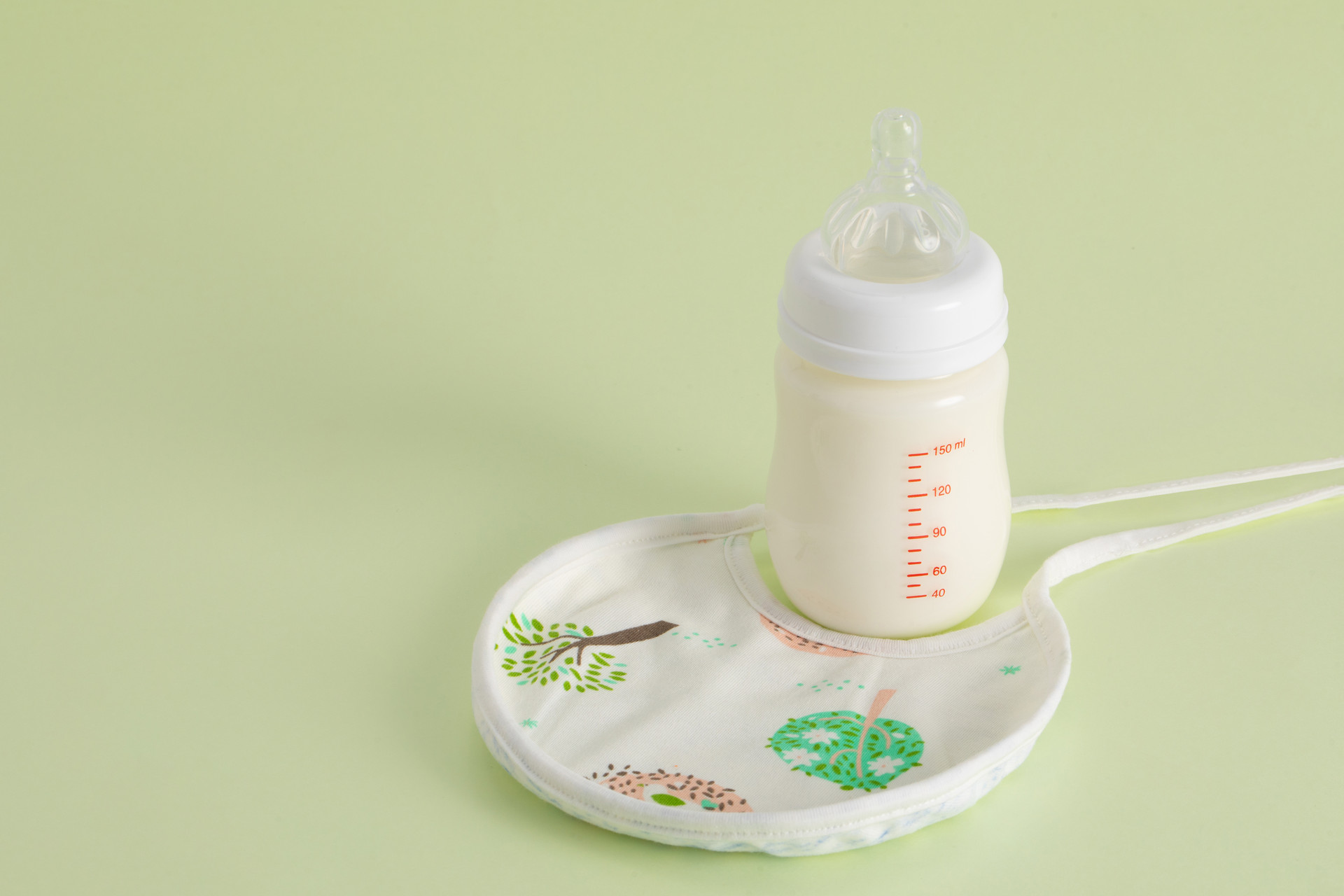Hand, foot and mouth disease is a common skin disease, mainly occurring in children. The rash of this disease is similar to many other diseases, making it difficult for parents to distinguish which disease it is and thus making it difficult to start treatment. Below, we will analyze the differences in symptoms between hand, foot and mouth disease and other diseases to facilitate timely treatment and protection for parents.
1. Hand, foot and mouth disease and measles
Measles rash appears 3-4 days after fever and follows a certain pattern, starting from the face and spreading to the chest, back, and finally the hands and feet. The timing and sequence are different from hand, foot and mouth disease.
2. Hand, foot and mouth disease and chickenpox
In terms of timing, in patients with chickenpox, tiny red papules the size of millet grains appear all over the body at the same time or the next day after fever. After a few hours, the papules turn into bright vesicles like water droplets. Chickenpox is characterized by the simultaneous presence of red rashes, vesicles, ulcers, and scabs, and both the rash and vesicles are noticeably itchy, which are not present in hand, foot and mouth disease. In addition, chickenpox does not cause throat swelling and refusal to eat due to throat pain.
3. Hand, foot and mouth disease and rash caused by medication
A rash caused by an allergic reaction to medication taken for a cold or fever may also occur. This type of rash usually appears on the face and trunk, excluding the limbs, and does not cause oral ulcers.
4. Hand, foot and mouth disease and oral ulcers
General oral ulcers are caused by herpes virus and are mainly characterized by ulcers, while hand, foot and mouth disease is caused by enterovirus and is mainly characterized by vesicles. However, it is sometimes difficult to distinguish them clinically. In terms of age of onset, hand, foot and mouth disease generally occurs in children, while anyone can get oral ulcers. Doctor Mary reminds that if your child has oral ulcers or fever symptoms recently, it is better to bring the child to the hospital for examination for safety.
5. Hand, foot and mouth disease and herpangina
Herpangina only causes blisters in the mouth, while most children with hand, foot and mouth disease have blisters in their throat first, and then develop them on their hands and feet. The blisters are rarely seen on the back of the hands and feet, and are accompanied by fever.
The rash caused by hand, foot and mouth disease is generally the size of millet grains or mung beans, with red, grayish-white vesicles or red papules around them. They are not painful, itchy, or scabby. When parents see these symptoms on their baby's body, they should take preventive measures against hand, foot and mouth disease. It is recommended to go to the hospital for examination if these symptoms occur. Otherwise, based on parents' non-professional experience, it is difficult to distinguish which disease it is.











